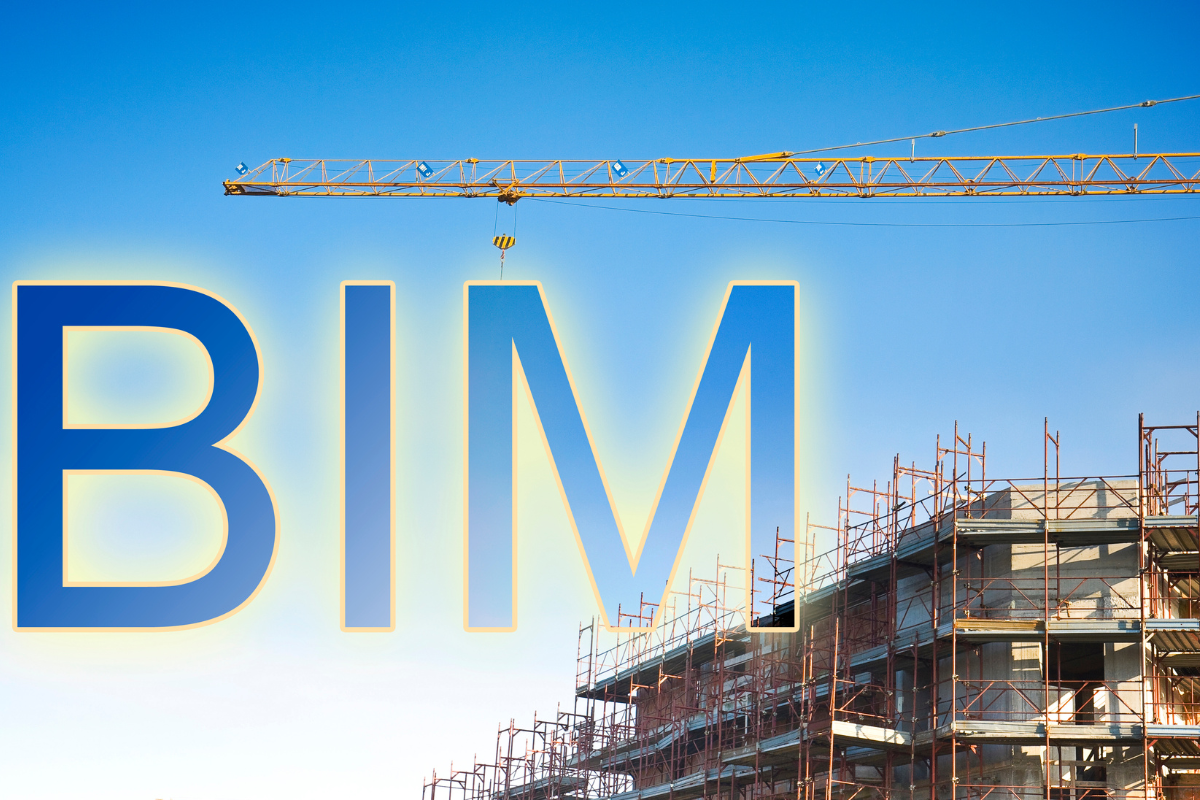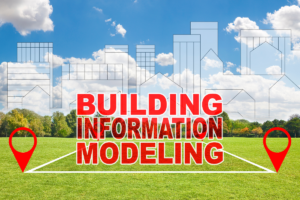Building Information Modeling (BIM) has revolutionized the architecture, engineering, and construction industries by providing a comprehensive digital representation of physical and functional characteristics of a facility. As the reliance on BIM increases, so does the need for effective maintenance of these models. Proper maintenance is crucial to ensure that BIM models remain accurate, relevant, and useful throughout the lifecycle of a project. This not only enhances collaboration among stakeholders but also supports better decision-making and resource management.
The importance of maintaining BIM models cannot be overstated. As projects evolve, changes in design, materials, and regulations can render outdated models ineffective. Regular updates and maintenance help in minimizing discrepancies, thereby reducing errors and delays in project execution. Moreover, a well-maintained BIM model can significantly improve communication among project teams, ensuring everyone is working with the most current information.
This article aims to guide you through the essential aspects of maintaining an efficient BIM model. It will cover the importance of planning maintenance, the tools and software available for effective management, and strategies for training team members. Additionally, it will address common issues encountered in BIM maintenance and offer case studies of successful implementations. By understanding these facets, professionals can optimize their BIM practices, ultimately leading to enhanced project outcomes and sustainability in construction practices.
Understanding the BIM Model: What It Is and How It Works
Building Information Modeling (BIM) is more than just a three-dimensional representation of a building. It integrates various aspects such as geometry, spatial relationships, and geographic information, along with properties and quantities of building components. A BIM model serves as a shared knowledge resource for information about a facility, aiding in decision-making throughout its lifecycle. By leveraging data from various stakeholders, BIM enables collaboration and enhances communication, allowing for real-time updates and streamlined workflows. Understanding how BIM functions is the first step in realizing the importance of its maintenance.
Planning BIM Model Maintenance: Steps and Strategies
Effective maintenance of a BIM model starts with a comprehensive planning phase. This involves:
- Establishing Objectives: Identify what you aim to achieve with your BIM maintenance. This could range from ensuring accuracy to improving usability.
- Creating a Maintenance Schedule: Develop a regular schedule for reviewing and updating the model, which should align with project milestones and changes in regulations or design.
- Assigning Responsibilities: Designate specific team members to oversee different aspects of the model maintenance process. Clearly defined roles can improve accountability and efficiency.
- Monitoring Changes: Keep track of any changes in the project scope, design, or regulations that may affect the BIM model. A proactive approach helps in maintaining relevance and accuracy.
By establishing a structured maintenance plan, teams can ensure their BIM models continue to serve their intended purpose effectively.
Tools and Software for BIM Maintenance: Essential Resources
To facilitate effective BIM maintenance, various tools and software solutions are available. These include:
- BIM Management Software: Tools like Autodesk BIM 360 and Navisworks allow for collaboration, version control, and real-time updates.
- Data Management Tools: Solutions like BIMcloud or Revizto help in managing large amounts of data and ensure that all stakeholders have access to the latest information.
- Quality Control Tools: Software like Solibri Model Checker aids in checking the model for inconsistencies and compliance with standards.
Investing in the right tools not only streamlines the maintenance process but also enhances the overall quality of the BIM model.
Updating and Reviewing Processes: Maintaining Data Accuracy
Regular updates and reviews are vital for maintaining the accuracy of a BIM model. This involves:
- Periodic Audits: Conduct audits to ensure that the model reflects the most current project information. This includes verifying dimensions, specifications, and material quantities.
- Version Control: Implement version control measures to keep track of changes and revisions made to the model. This helps in avoiding confusion and ensures that everyone is working with the latest information.
- Stakeholder Feedback: Engage with stakeholders to gather feedback on the model. Their insights can highlight areas that need updates or corrections.
By following a structured updating and reviewing process, teams can significantly reduce errors and improve the reliability of their BIM models.
Integration with Other Systems: Ensuring Compatibility
BIM models often need to integrate with various other systems, such as project management software, cost estimation tools, and facility management systems. Ensuring compatibility between these systems involves:
- Interoperability Standards: Adopting interoperability standards such as IFC (Industry Foundation Classes) can facilitate data exchange between different software.
- API Integration: Utilize APIs (Application Programming Interfaces) to connect BIM with other tools, allowing for seamless data flow.
- Testing Compatibility: Before implementing any new tools, conduct tests to ensure compatibility with existing systems.
By ensuring that BIM models can effectively integrate with other software, teams can enhance collaboration and streamline workflows.
Training and Development of Team Members: Empowering BIM Users
To maintain an efficient BIM model, it is essential to invest in the training and development of team members. This includes:
- Initial Training Programs: Provide comprehensive training for new team members on BIM tools and processes.
- Ongoing Education: Organize regular workshops and seminars to keep the team updated on the latest BIM trends and technologies.
- Encouraging Collaboration: Foster a culture of collaboration by encouraging team members to share their insights and experiences with BIM.
Empowered team members are more likely to contribute positively to the maintenance and efficiency of the BIM model.
Monitoring and Evaluation: Performance Indicators for Model Efficiency
Monitoring and evaluating the performance of a BIM model is crucial to ensure its efficiency. Key performance indicators (KPIs) to consider include:
- Model Accuracy: Measure the accuracy of the model by comparing it with actual project data and feedback from stakeholders.
- Time Efficiency: Assess the time taken for updates and maintenance to identify areas for improvement.
- User Satisfaction: Gather feedback from users regarding the usability and effectiveness of the BIM model.
Regular monitoring of these indicators allows teams to make informed decisions and continuously improve their BIM maintenance practices.
Troubleshooting Common Issues: How to Handle Failures and Inconsistencies
Despite the best efforts, issues may arise during the maintenance of BIM models. Common challenges include:
- Data Inconsistencies: Inconsistent data can lead to errors. Establishing clear data entry protocols and regular audits can help mitigate this issue.
- Software Compatibility Issues: If different tools do not communicate effectively, it can hinder the maintenance process. Keeping software updated and testing compatibility can alleviate this problem.
- User Errors: Misunderstandings or lack of knowledge can lead to mistakes in the model. Regular training and clear documentation can reduce user errors.
By being proactive in addressing these common issues, teams can ensure that their BIM models remain efficient and reliable.
Examples of Successful BIM Model Maintenance
Examining successful case studies can provide valuable insights into effective BIM maintenance practices. For instance:
- Project A: This project implemented a rigorous maintenance schedule that included quarterly audits and regular stakeholder feedback sessions. As a result, the team reduced errors by 30% and improved project delivery timelines.
- Project B: By investing in comprehensive training programs, this project empowered its team members, leading to enhanced collaboration and more efficient model updates.
These examples illustrate the impact that structured maintenance practices can have on the overall success of BIM projects, serving as a guide for others looking to improve their BIM maintenance strategies.
The maintenance of Building Information Modeling (BIM) is not just an operational necessity; it is a critical aspect that directly impacts the success of projects across the architecture, engineering, and construction industries. Efficient maintenance of BIM models ensures that they remain accurate, relevant, and useful throughout the lifecycle of a project, ultimately leading to enhanced collaboration, better decision-making, and improved resource management.
Benefits of Efficient BIM Model Maintenance
The benefits of maintaining an efficient BIM model are multifaceted. Firstly, it leads to a significant reduction in errors and inconsistencies, which can derail projects and inflate costs. By regularly updating and reviewing models, teams can ensure that everyone is working with the most current information, facilitating better communication among stakeholders.
Secondly, an efficiently maintained BIM model can improve overall project timelines. By minimizing discrepancies and ensuring that models accurately reflect real-time changes, teams can respond to challenges swiftly, keeping projects on track. Additionally, the long-term sustainability of a BIM model can enhance its value, making it a critical asset for facility management and future renovations.
Finally, a commitment to BIM maintenance fosters a culture of continuous improvement within organizations. It encourages teams to stay updated with the latest technologies, processes, and industry standards, ultimately driving innovation and excellence in project delivery.
The Future of BIM Maintenance: Trends and Innovations
As the construction industry continues to evolve, so too will the practices surrounding BIM maintenance. Several key trends and innovations are likely to shape the future of BIM:
- Integration of Artificial Intelligence (AI): AI-driven tools will increasingly play a role in automating maintenance tasks, predictive analytics, and identifying potential issues before they escalate. This will enhance the efficiency of BIM maintenance practices.
- Real-time Data Updates: The advent of IoT (Internet of Things) technology will enable real-time data integration into BIM models, providing stakeholders with instant updates on project progress and operational conditions.
- Enhanced Collaboration Platforms: The rise of collaborative software solutions will facilitate better communication among project teams, making it easier to share updates and revisions, thus improving overall efficiency.
- Focus on Sustainability: As the industry moves towards more sustainable practices, BIM maintenance will also incorporate strategies for optimizing resource use and minimizing environmental impacts throughout the project lifecycle.
- Continuous Learning and Development: The demand for skilled professionals in BIM will grow, leading to an emphasis on ongoing education and training to keep teams adept at leveraging new tools and methodologies.
In summary, the future of BIM maintenance is poised to be more innovative, collaborative, and efficient. By embracing these trends and committing to effective maintenance practices, organizations can unlock the full potential of their BIM models, ensuring they remain valuable assets throughout the lifecycle of their projects.





